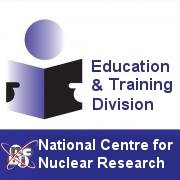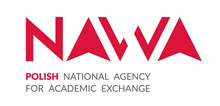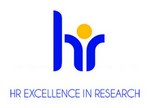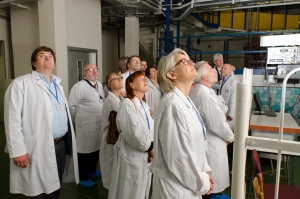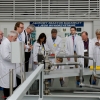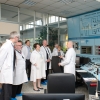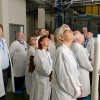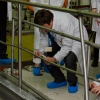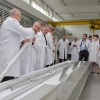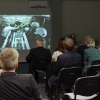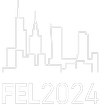ESS Council delegation in Świerk
2017.06.02 15:42 - Marek PawłowskiEuropean Spallation Source (ESS) is a large research facility currently under development in Lund, Sweden. Delegation of ESS Council with John Womersley, ESS Director General, visited Świerk on June 1, 2017. NCBJ is significantly involved in neutron research in Poland and has contributed to ESS development.
In particular, NCBJ scientists and engineers have contributed to development of electronic circuits used to control electric field in ESS proton accelerator and have performed some calculations essential for radiation protection. The works are an element of the Polish in-kind contribution to the project.
Our guests were presented current research capabilities of the Maria reactor and the currently run programme to modernize its instrumentation within the coming three years. In many aspects experiments / measurements possible in NCBJ may complement those planned in Lund and may help Polish neutron-research community to prepare to best use opportunities that are going to appear in ESS.
ESS is among the largest in the world projects to develop large research facilities. ESS proton accelerator and a collection of labs will be located on an area of 75 hectares. Pulses of accelerated protons will be hitting a 4 tonne and over 2 m diameter revolving wheel with 36 radially arranged tungsten blocks. Tungsten nuclei hit by pulsed high-energy protons will be undergoing the spallation reaction i.e. will be suddenly disintegrating into collections of light nuclei and individual nucleons. Neutrons will be the scientifically most interesting reaction products. The produced pulses of neutrons will be used in experiments to-be-conducted at more than 20 research stands. The to-be-studied topics represent such fields of research as material physics, elementary particle physics, nuclear power engineering, chemistry, geology, archaeology, non-destructive tests on cultural heritage.
Majority of neutron research has so-far been based on neutrons produced by some nuclear reactors, including the Maria reactor operated in Świerk. Some available spallation sources are much weaker than ESS. ESS commissioning is scheduled for the beginning of the coming decade. It will produce the most intense beams of neutrons in the world.


